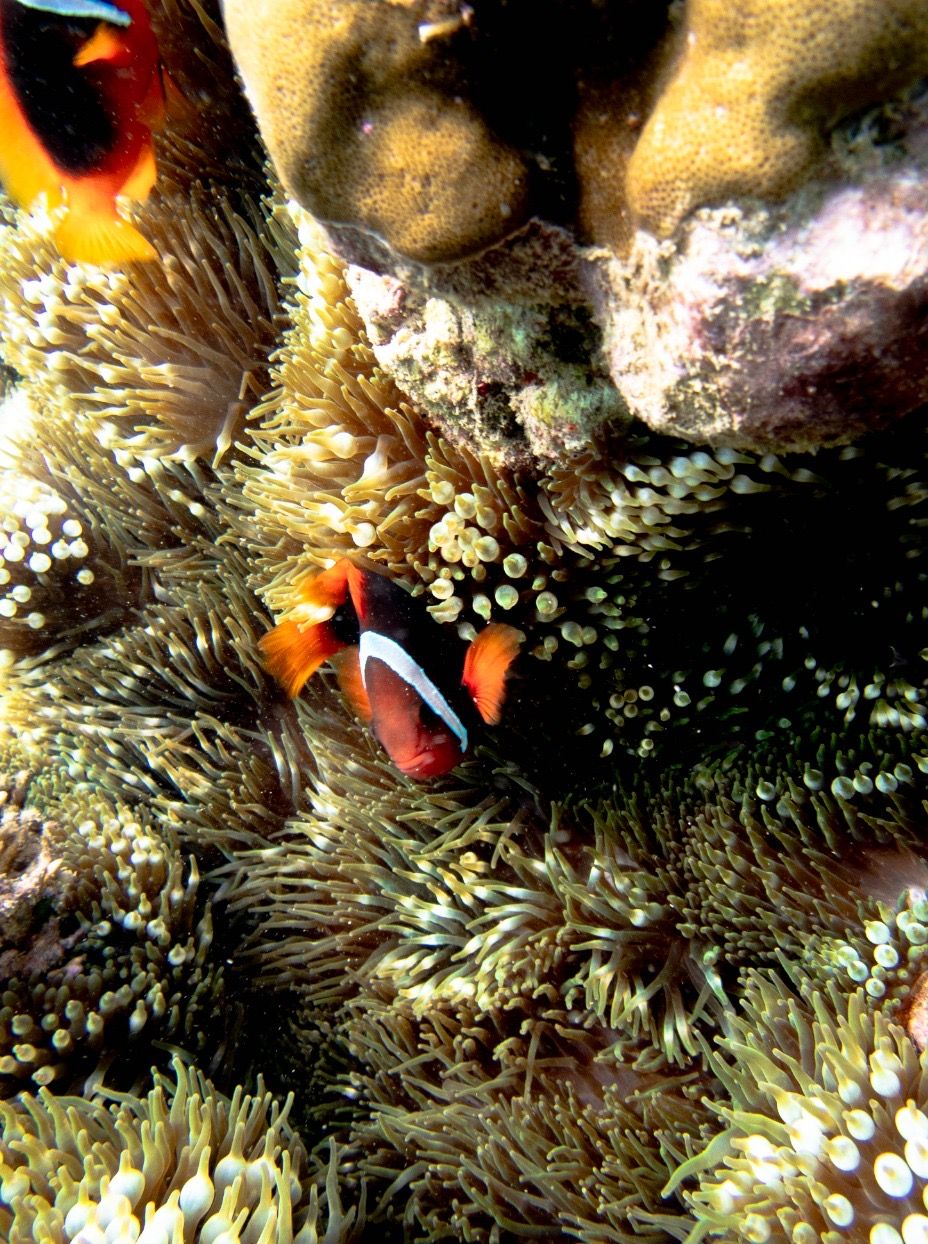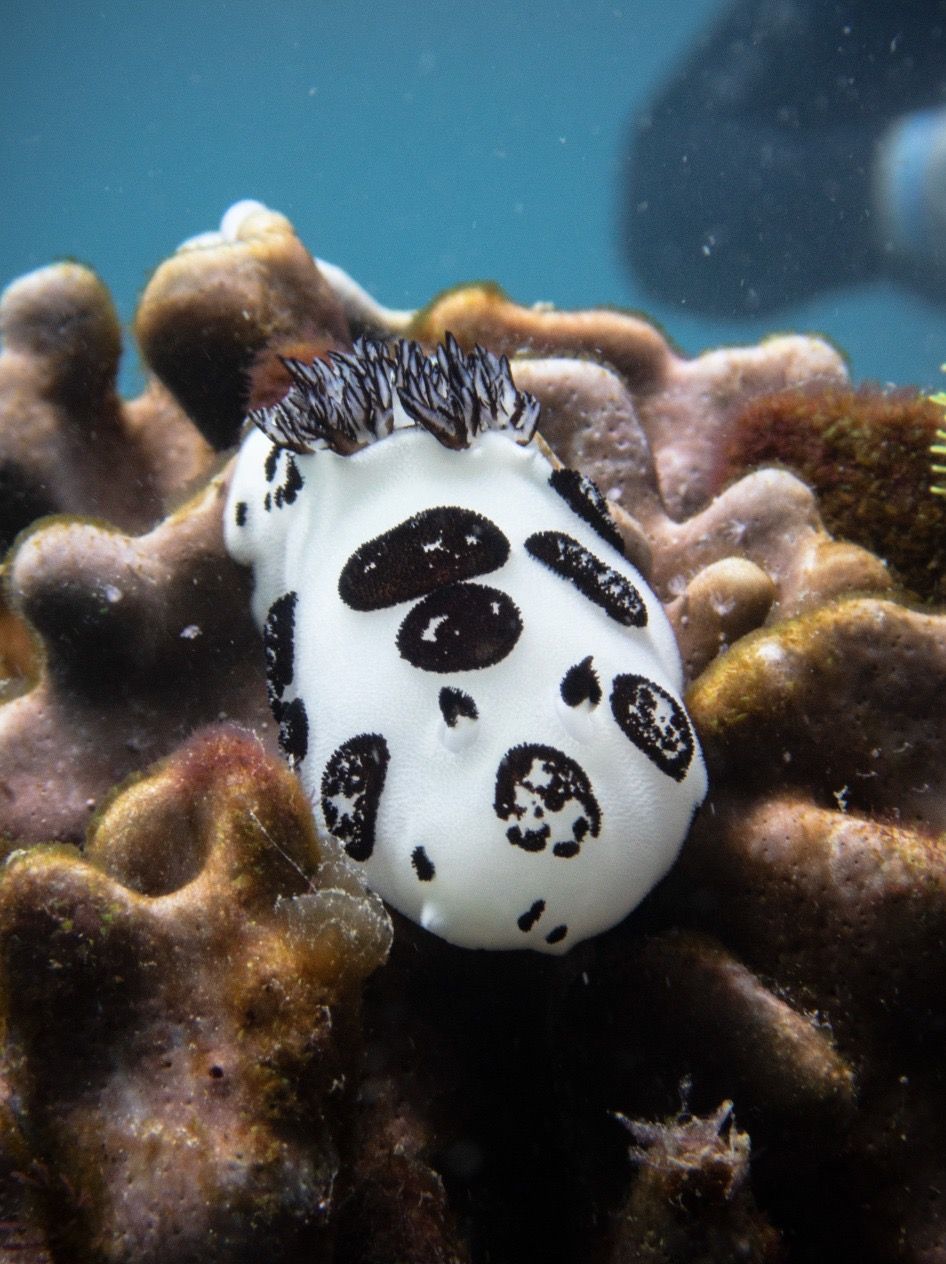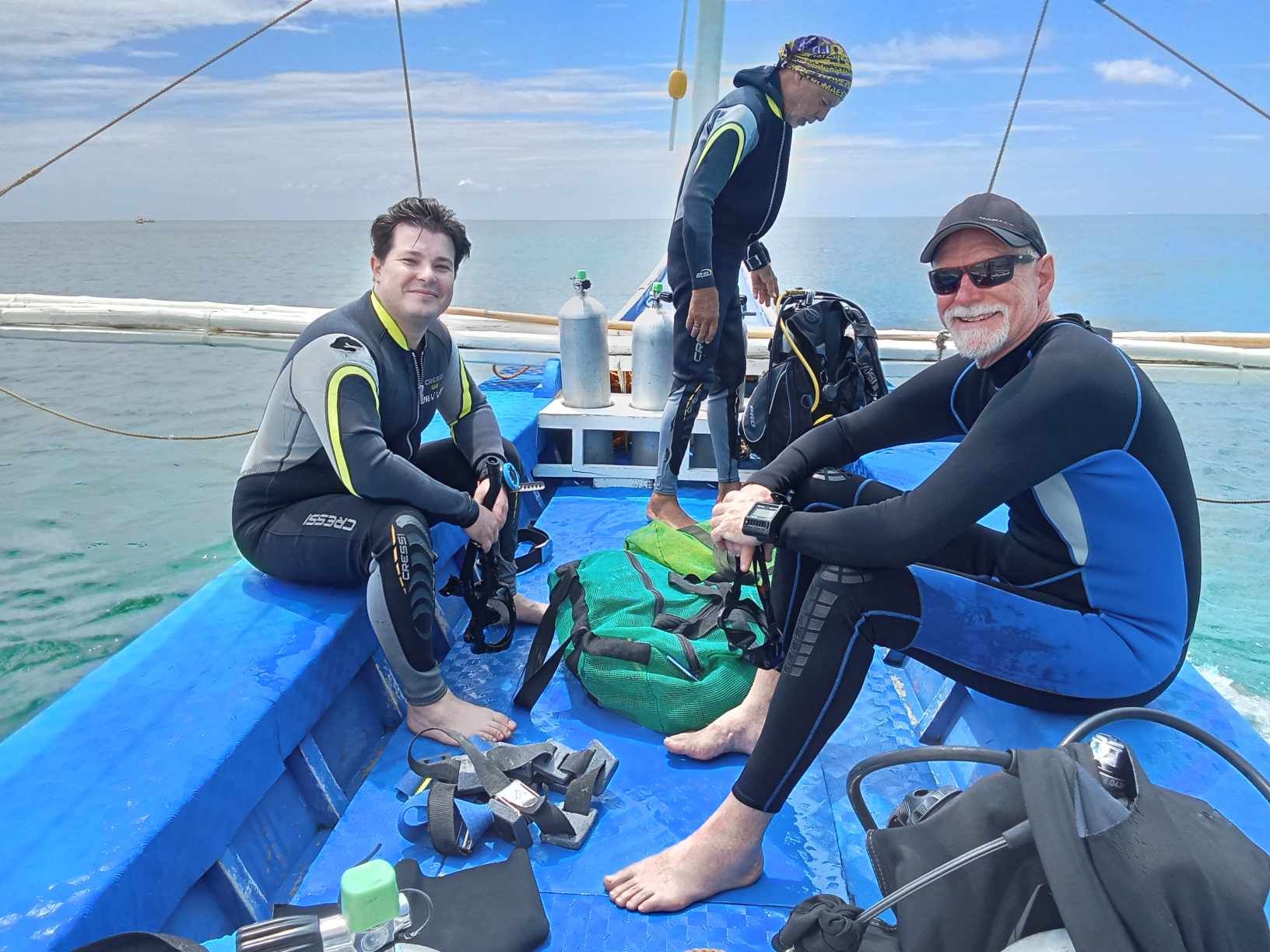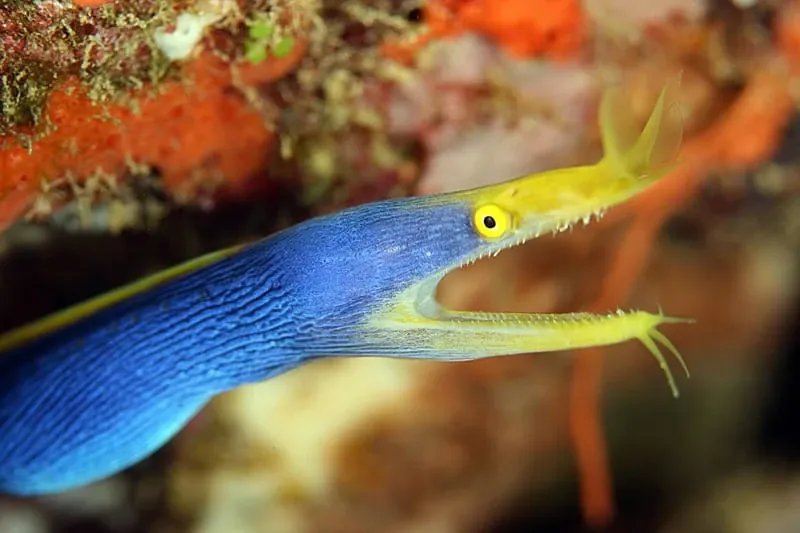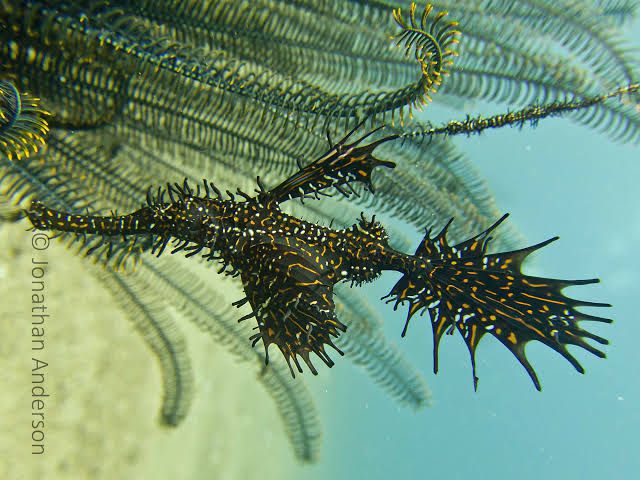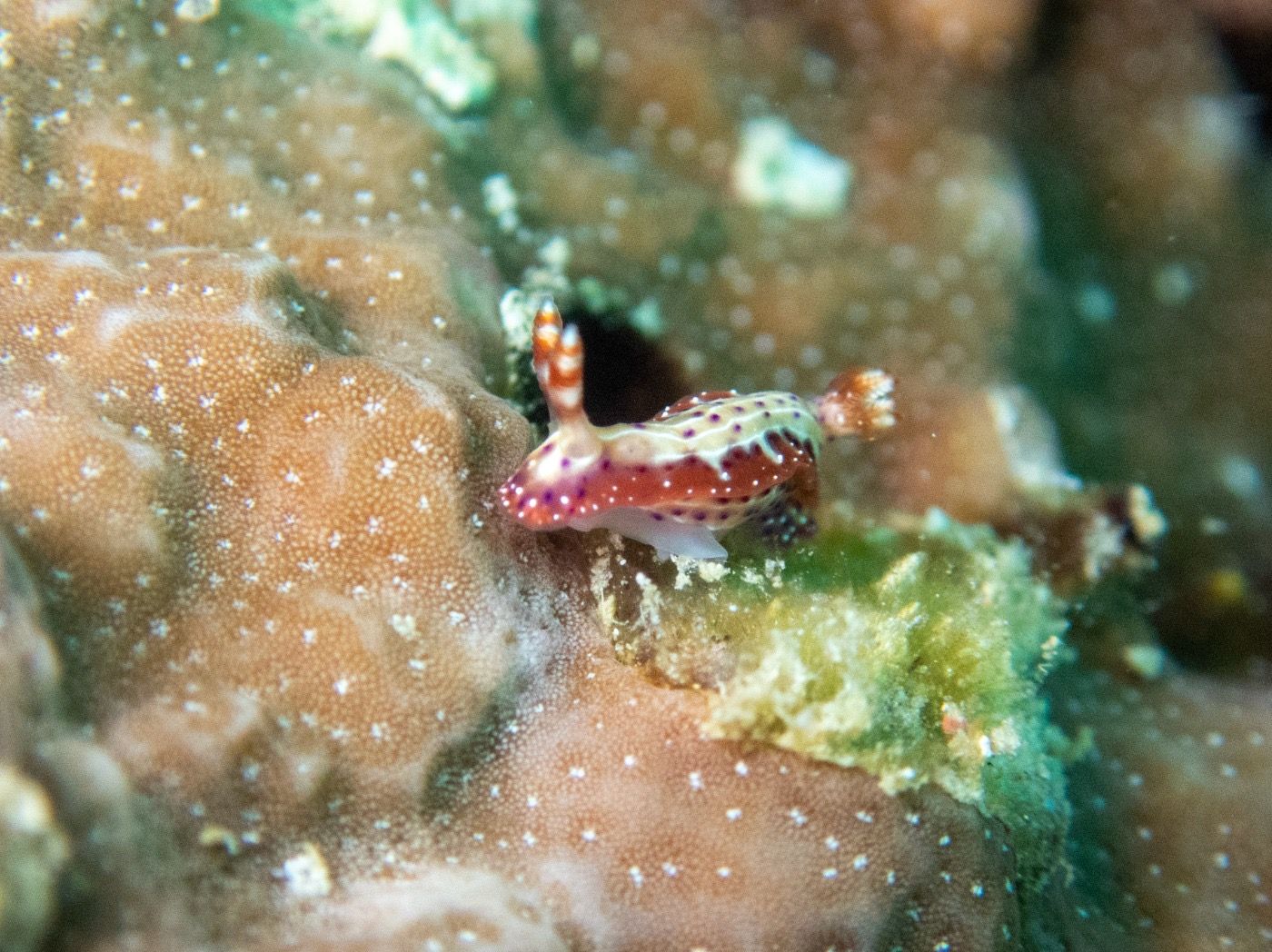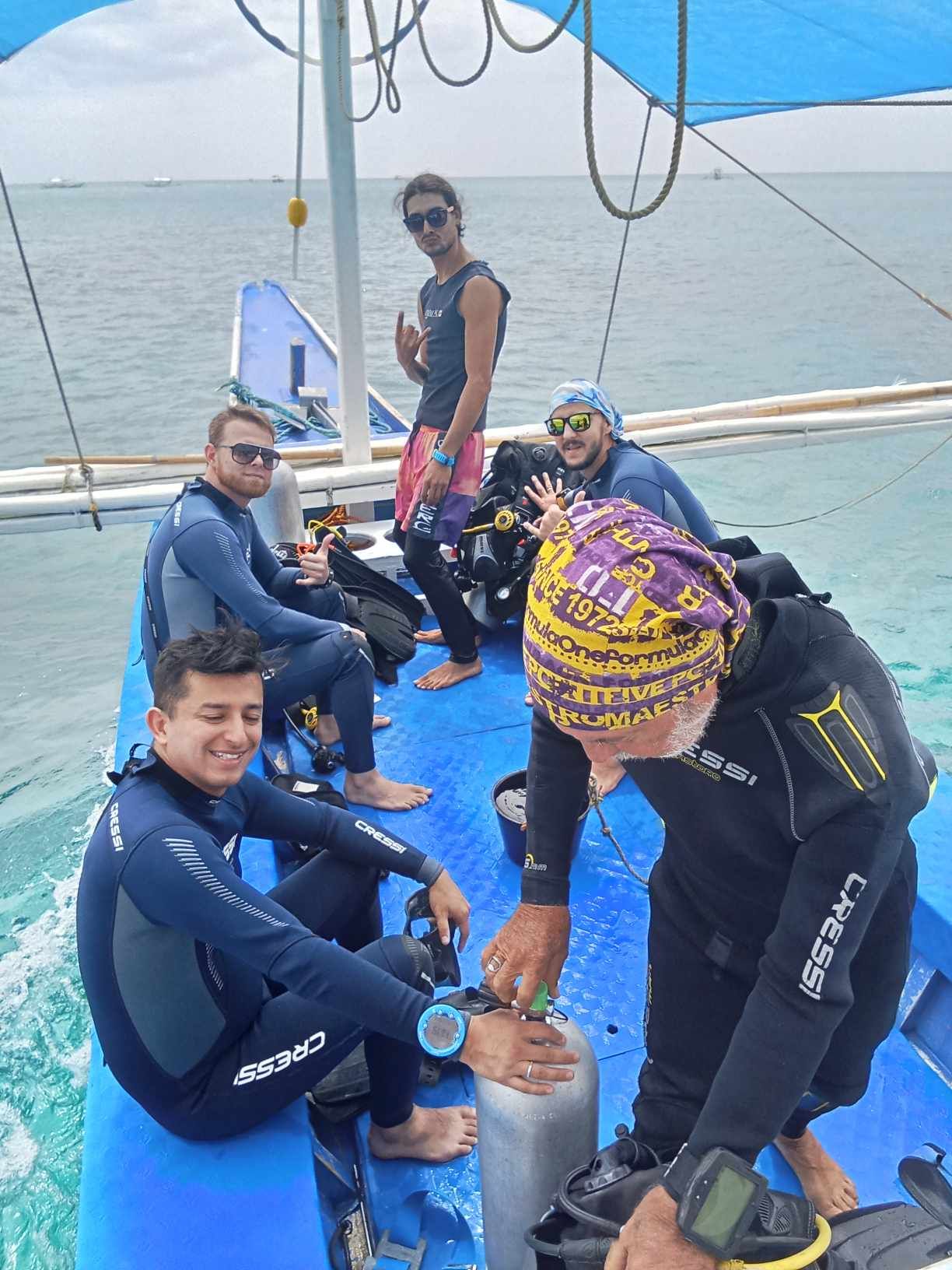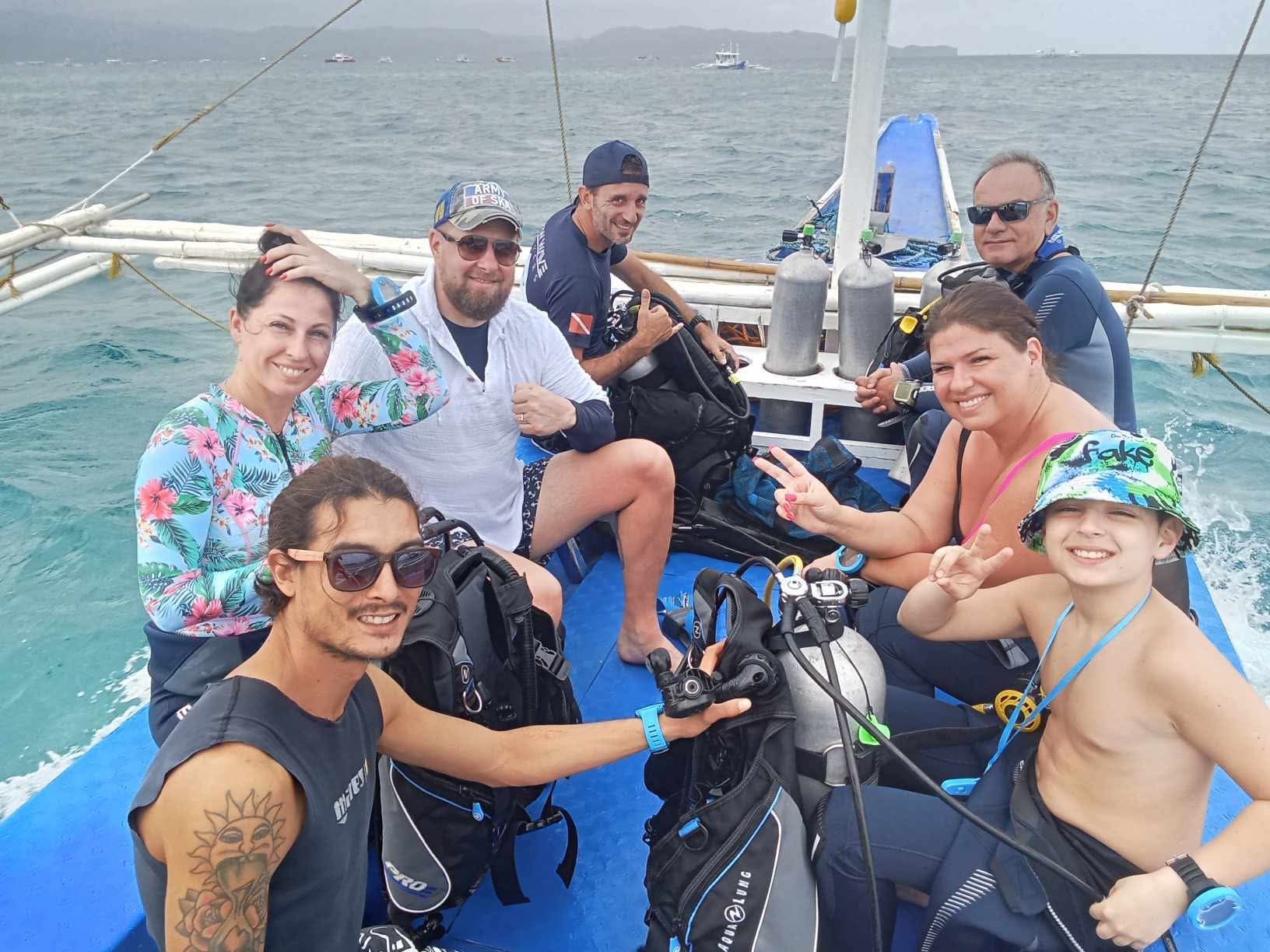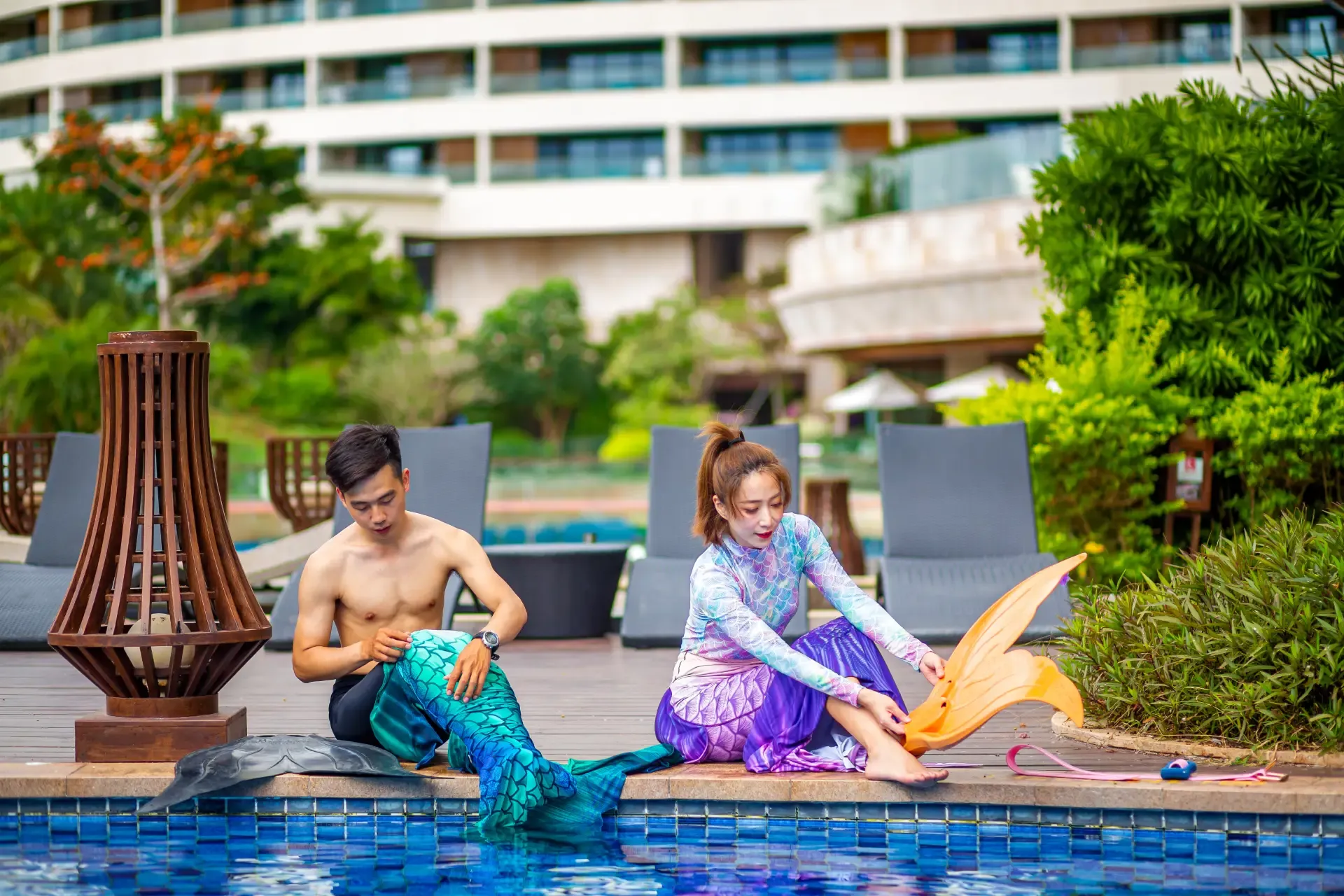The Health and Fitness Benefits of Mermaiding: Why It’s More Than Just Fun
Mermaiding is more than just a magical underwater experience—it’s a full-body workout, a breath-control training tool, and a unique way to connect with the ocean. While many people think of mermaiding as an artistic activity or a fun social experience, it’s also an effective and engaging fitness routine that can improve strength, flexibility, and endurance.
At New Wave Divers Boracay, we offer PADI Mermaid courses that allow participants to develop essential swimming, breath-hold, and movement skills, all while having an unforgettable time in Boracay’s clear blue waters. Whether you’re looking to enhance your fitness, improve your freediving abilities, or simply try something new, mermaiding provides a dynamic way to stay active.
Here’s a closer look at why mermaiding is more than just fun—it’s an excellent workout, too!
1. A Full-Body Workout with Low Impact
Unlike traditional gym workouts that can put stress on the joints, mermaiding is a low-impact exercise that allows for graceful, fluid movements in the water.
🏊 Muscle Groups Engaged:
✅ Core Strength – The mermaid motion, known as the dolphin kick, relies heavily on engaging your core muscles, helping to tighten and tone the abdominals.
✅ Leg & Glute Workout – The powerful undulating movements of mermaiding strengthen the quads, hamstrings, calves, and glutes.
✅ Upper Body Strength – The arms, shoulders, and back muscles are activated as you glide through the water, especially when adjusting direction or using your arms to propel forward.
💡 Why It’s Great:
Mermaiding allows for a high-intensity, full-body workout without the wear and tear on joints that high-impact sports or land-based exercises can cause.
2. Enhances Breath Control & Lung Capacity
Mermaiding requires extended breath-holding, which naturally improves lung capacity and oxygen efficiency. This is beneficial for freedivers, scuba divers, and anyone looking to strengthen their respiratory system.
🌊 How Mermaiding Improves Breath Control:
✔️ Encourages diaphragmatic breathing, which helps you take deeper and more efficient breaths.
✔️ Improves CO₂ tolerance, training your body to function with less oxygen over time.
✔️ Helps with relaxation and mindfulness, as proper breath control is key to staying calm underwater.
💡 Why It’s Great:
Stronger lungs mean better endurance in all water sports, including diving, swimming, and snorkeling. It also helps reduce stress and anxiety, making it a great mental wellness tool.
3. Improves Flexibility & Mobility
The fluid, wave-like movements used in mermaiding increase flexibility and mobility in the spine, hips, and legs.
🧜 Key Flexibility Benefits:
✅ Hip Flexor & Lower Back Stretching – The dolphin kick motion encourages hip mobility and loosens the lower back muscles.
✅ Spinal Mobility – The wave-like movement in mermaiding helps to increase spinal flexibility and improve overall posture.
✅ Joint-Friendly Movements – Water-based exercises naturally reduce pressure on joints, making mermaiding an excellent workout for those with stiffness or injuries.
💡 Why It’s Great:
Many yoga practitioners and dancers love mermaiding because it helps develop long, fluid movements that improve grace, balance, and body awareness.
4. Boosts Cardiovascular Health & Endurance
Mermaiding is an effective cardiovascular workout, engaging the heart and lungs while keeping muscles active.
🏊 Cardio Benefits of Mermaiding:
✔️ Increases heart rate & improves circulation—similar to swimming and aerobic workouts.
✔️ Boosts endurance by training muscles to work with low oxygen levels.
✔️ Burns calories efficiently, with an estimated 300–500 calories burned per hour, depending on intensity.
💡 Why It’s Great:
For those who dislike running or traditional cardio, mermaiding provides a fun and engaging alternative while still giving heart-healthy benefits.
5. Promotes Mental Wellness & Stress Relief
There’s something deeply relaxing and freeing about gliding effortlessly through the water, feeling weightless as you move like a mermaid.
🌊 Mental Benefits of Mermaiding:
✅ Water therapy effects – Floating and moving in water reduces stress and tension in both the body and mind.
✅ Increases focus & mindfulness – Mermaiding requires controlled breathing and fluid movements, helping you stay present and aware.
✅ Boosts confidence & self-expression – Whether you’re performing, posing for underwater photos, or simply enjoying the sensation, mermaiding builds self-esteem and promotes body positivity.
💡 Why It’s Great:
Many mermaids describe the experience as meditative and empowering, making it an excellent stress relief activity.
6. A Fun & Unique Way to Stay Fit
Let’s face it—traditional workouts can become repetitive. Mermaiding offers a fun, engaging, and exciting way to stay in shape without feeling like you’re exercising.
✔️ A social activity – Join mermaiding groups, classes, or workshops to connect with like-minded people.
✔️ Works for all fitness levels – Whether you’re a beginner or an experienced swimmer, mermaiding is adaptable to your skill level.
✔️ Perfect for kids & adults – Great for all ages, making it an enjoyable family-friendly activity.
💡 Why It’s Great:
Unlike traditional workouts, mermaiding combines fantasy with fitness, making exercise something you actually look forward to!
Ready to Try Mermaiding in Boracay?
If you’re looking for a fun, effective, and unique way to stay active, mermaiding is the perfect water workout. It improves strength, flexibility, endurance, and mental wellness, all while allowing you to embrace your inner mermaid in the stunning waters of Boracay.
At New Wave Divers Boracay, we offer:
✨ PADI Mermaid Courses – Learn the fundamentals of mermaiding with professional instructors.
📸 Mermaid Photoshoots – Capture your magical underwater moments.
🌊 Freediving & Breath-Hold Training – Enhance your mermaiding skills for longer and smoother dives.
Are you ready to experience the health and fitness benefits of mermaiding? Contact New Wave Divers Boracay today and take the plunge into this magical world!
